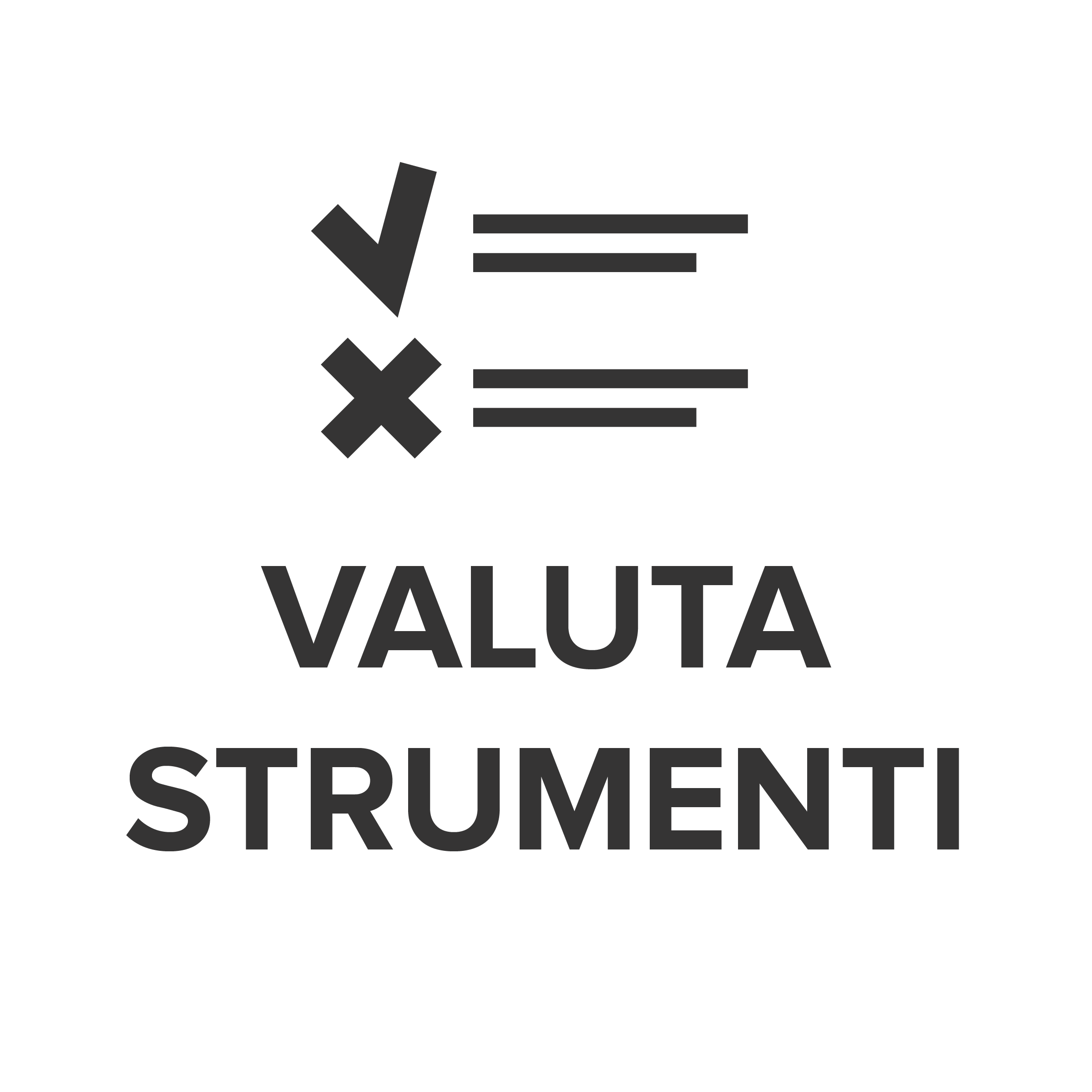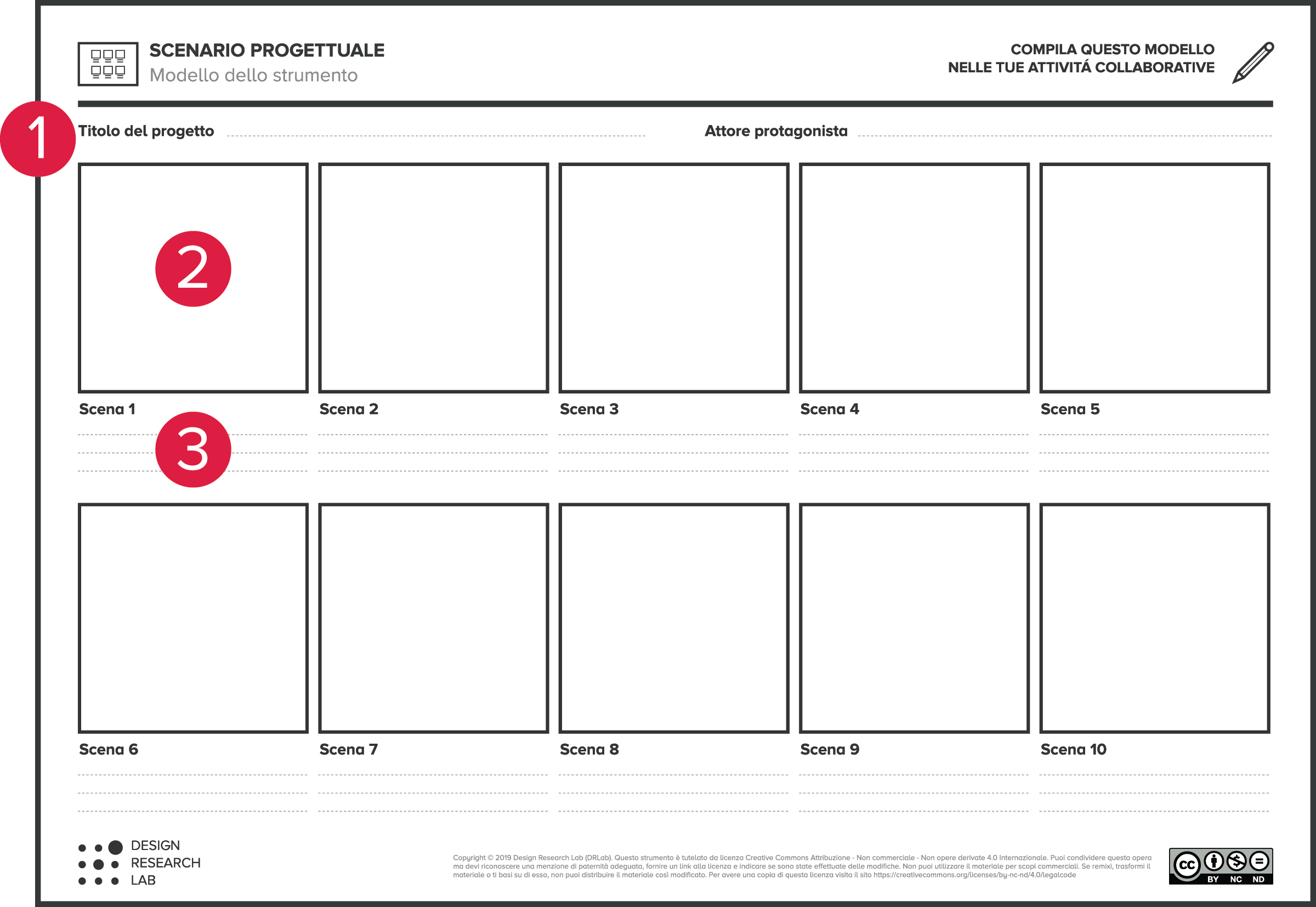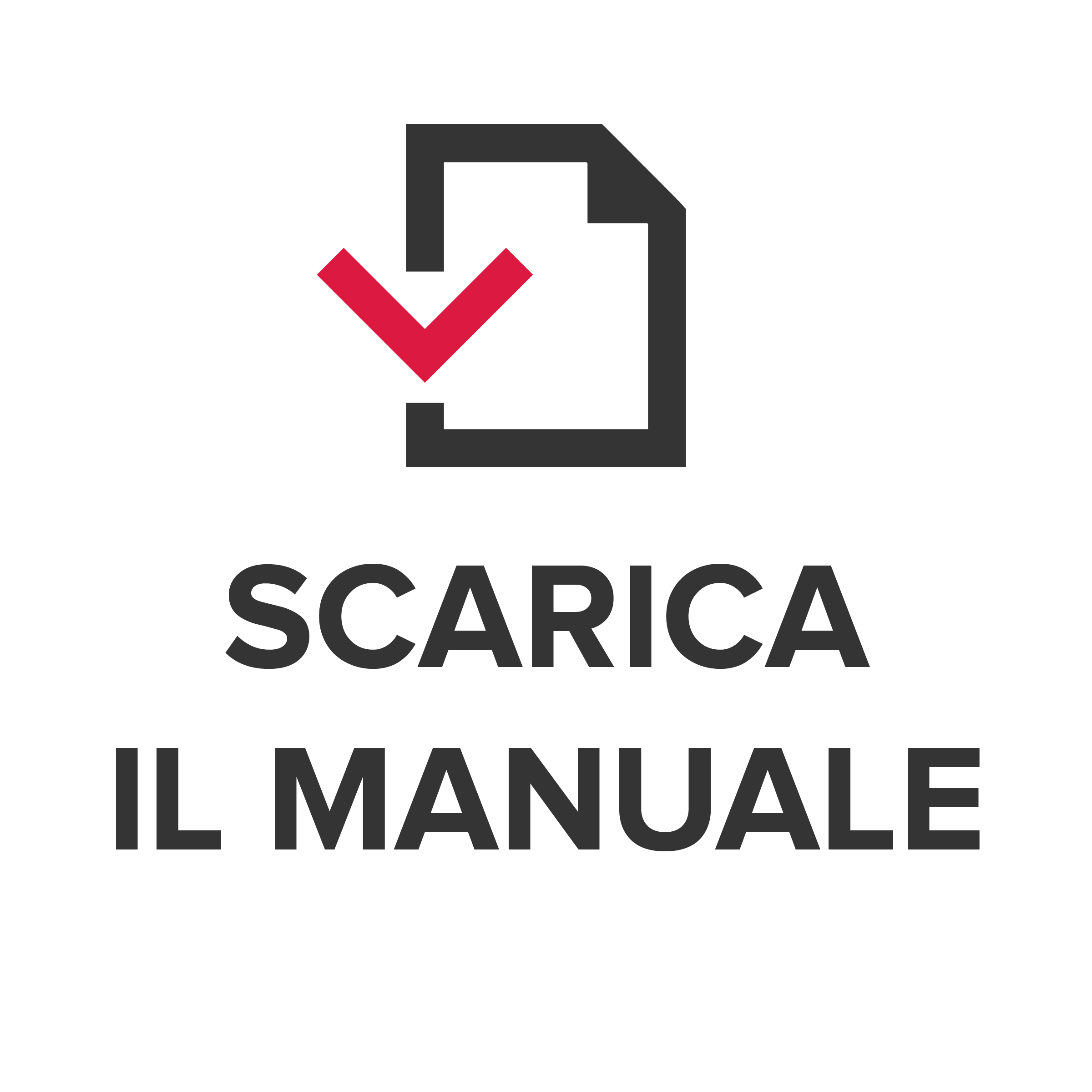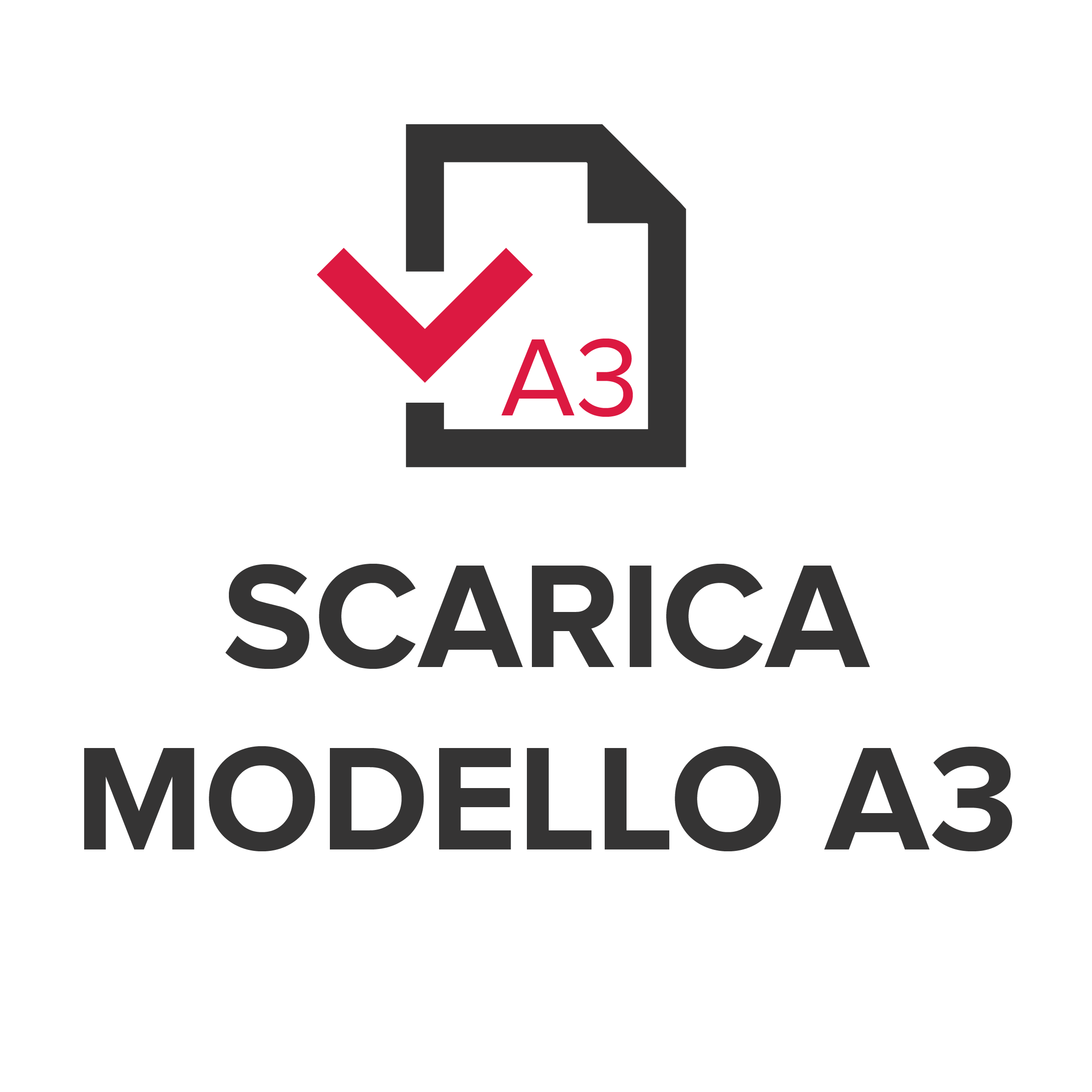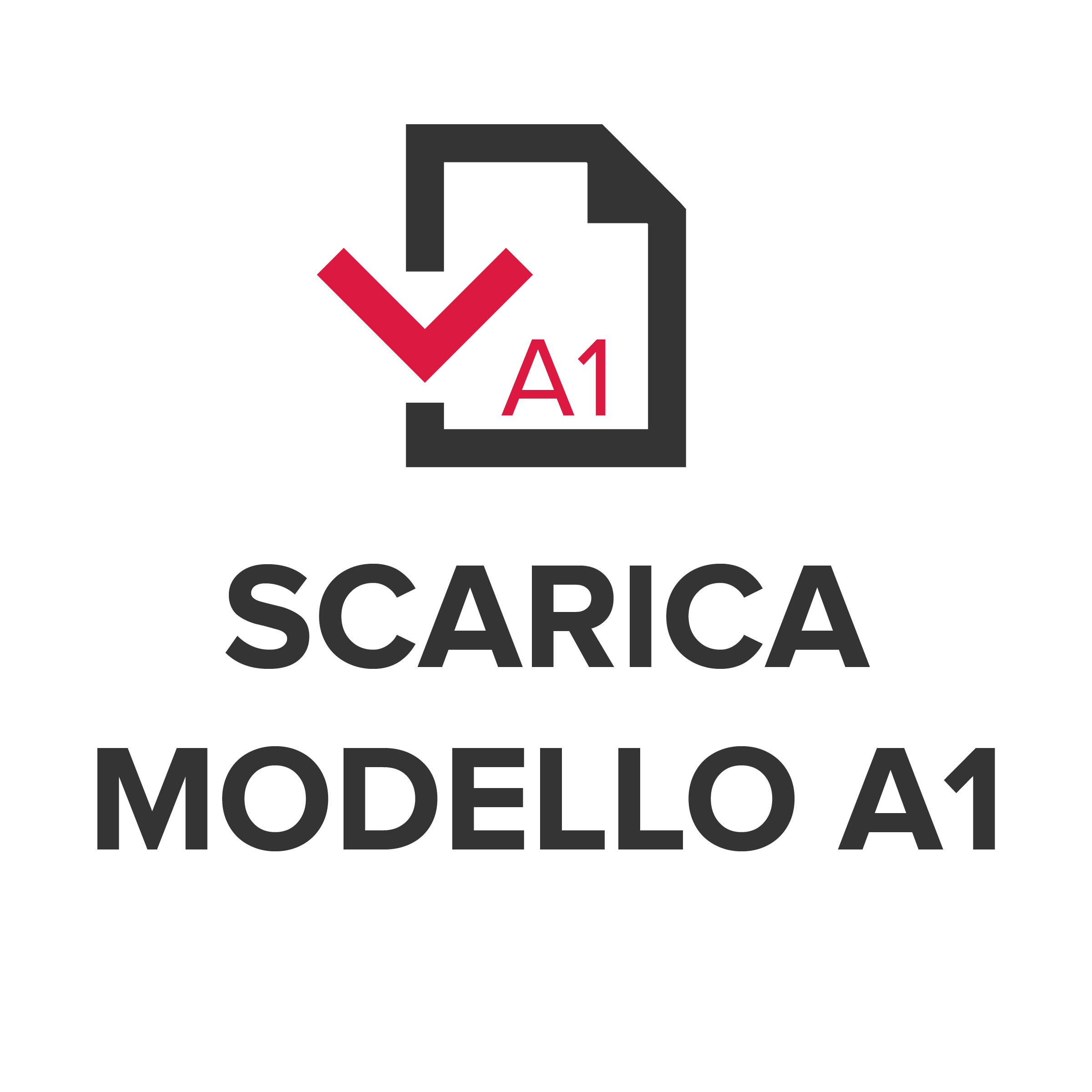
A tool that describes a narrative, usually set in the future, of a user's experience with a service. It allows users to visualize significant details of the experience by creating empathy with a design idea. In fact, the purpose of a scenario is to make design ideas explicit and concrete in order to understand how a service will be used in the future.
The compilation of the design scenario, which should be done from the perspective of a specific user, or personas reference, follows the sequence of interactions required to perform a task. Scenarios can include context and circumstance information that causes the user to interact with the service.
Download The manual for the use of the instrument with suggestions e instructions.
For an in-depth theoretical study click here.
Your opinion is important to us. Please rate the tool based on your experiences or for how you would like to use it.
Take advantage of the new free service "Remote Lab". Request an appointment by filling out the form.
Tips
Indications from the DRLab experience for using the tool.
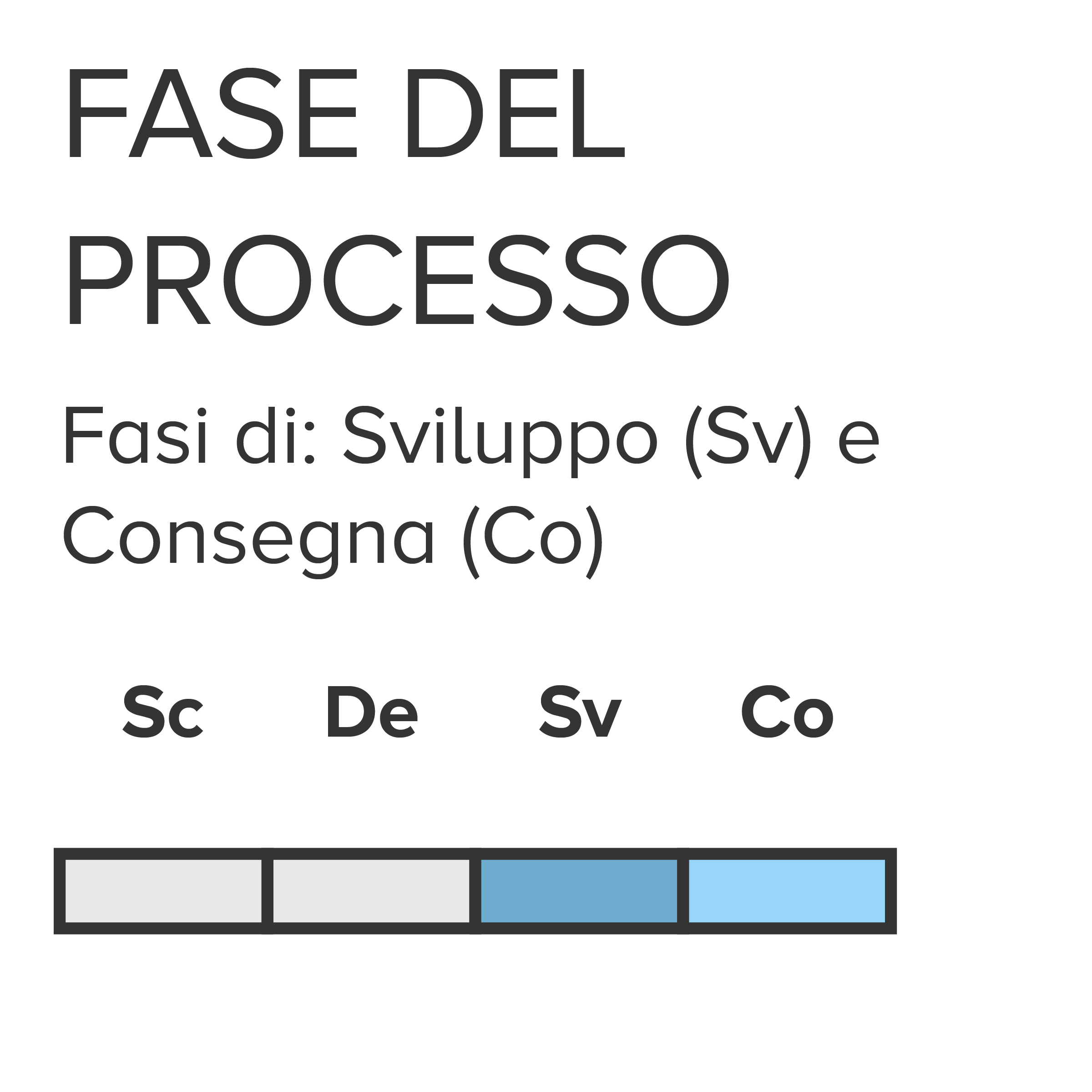
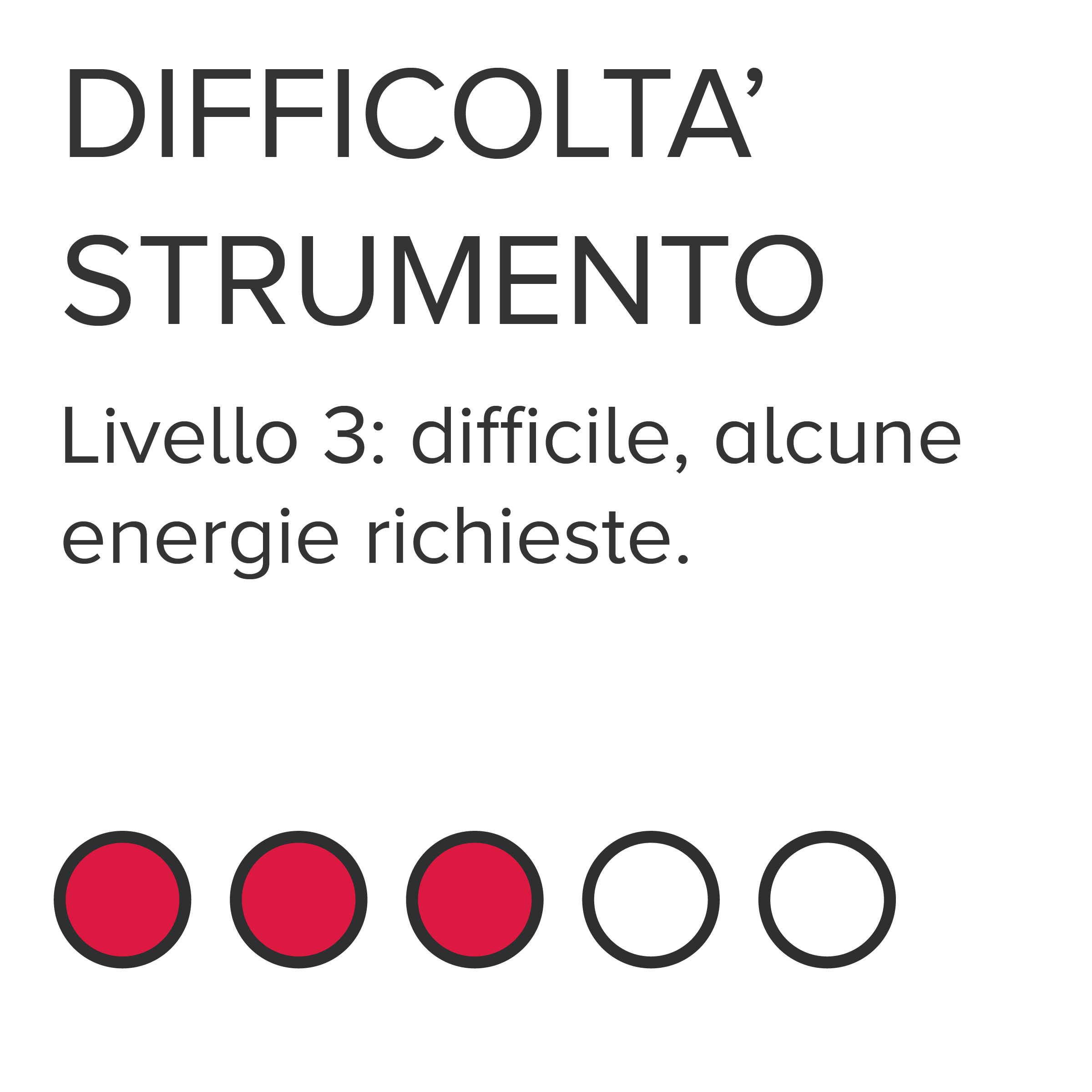

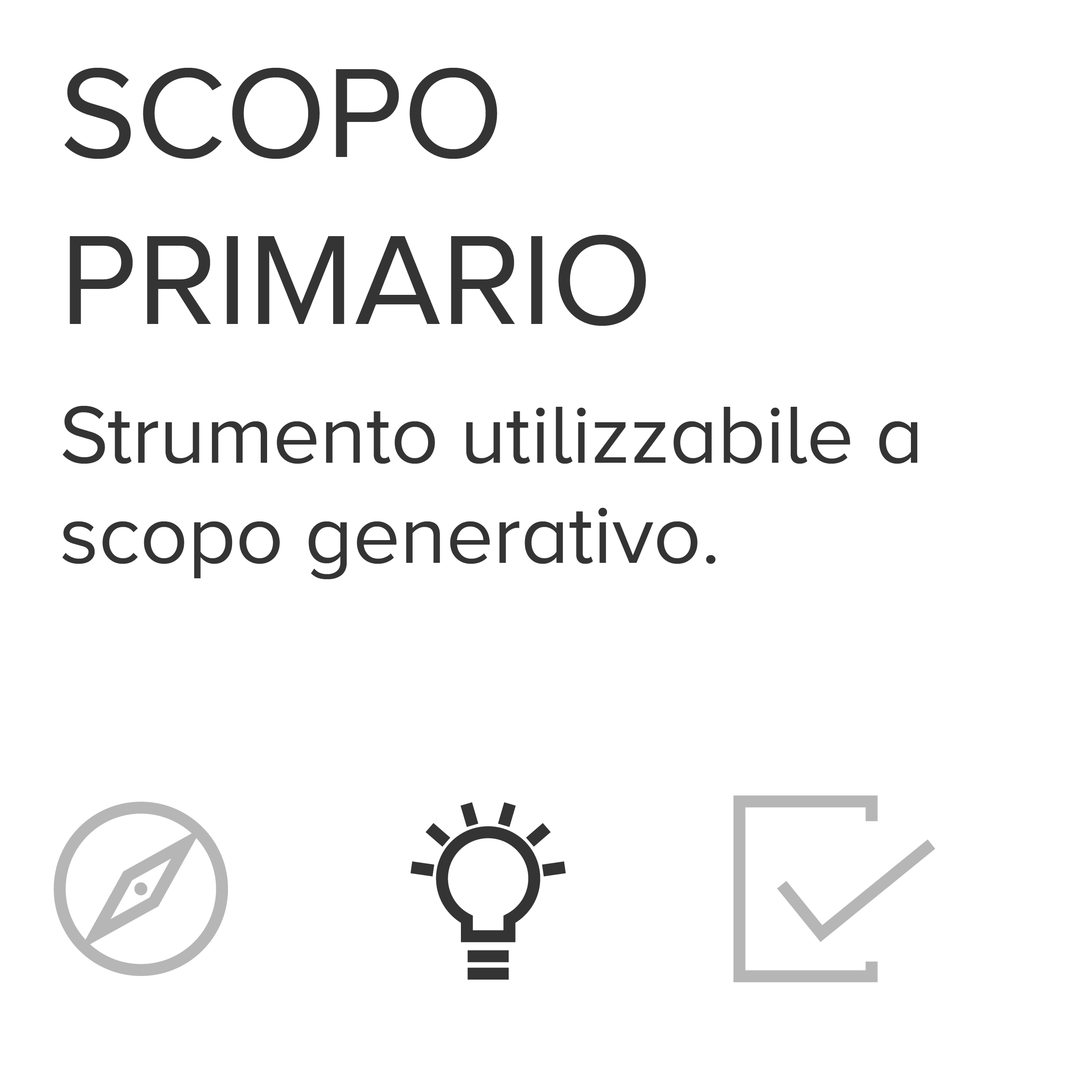
Instructions for compilation
Foreword. On post-it notes or separate sheet of paper, identify the goals and the actions needed to achieve them. Also write down questions the protagonist might ask himself during the actions he takes.
1. Indicate the title of the project. Indicate the lead actor, that is, the profile of the person who will be the protagonist of the actions described in the story.
2. Describe the scene through a visualization (e.g., photo, collage, sketch).
3. Describe the same scene through complementary text that highlights additional information and specifics of the story.
Share your experience with us and strengthen your skills.
Please contact us if you would like to share your experience of using the tool, or if you have doubts and want to use it but do not know how.
